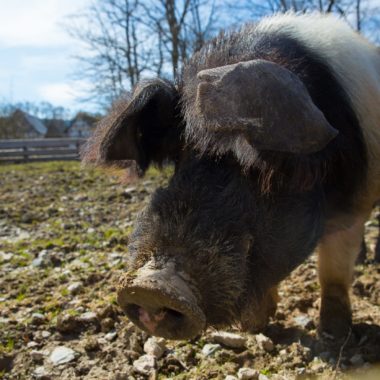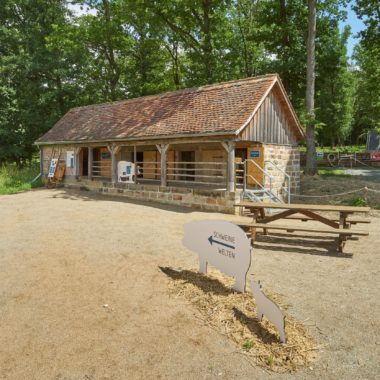
A Pig’s world
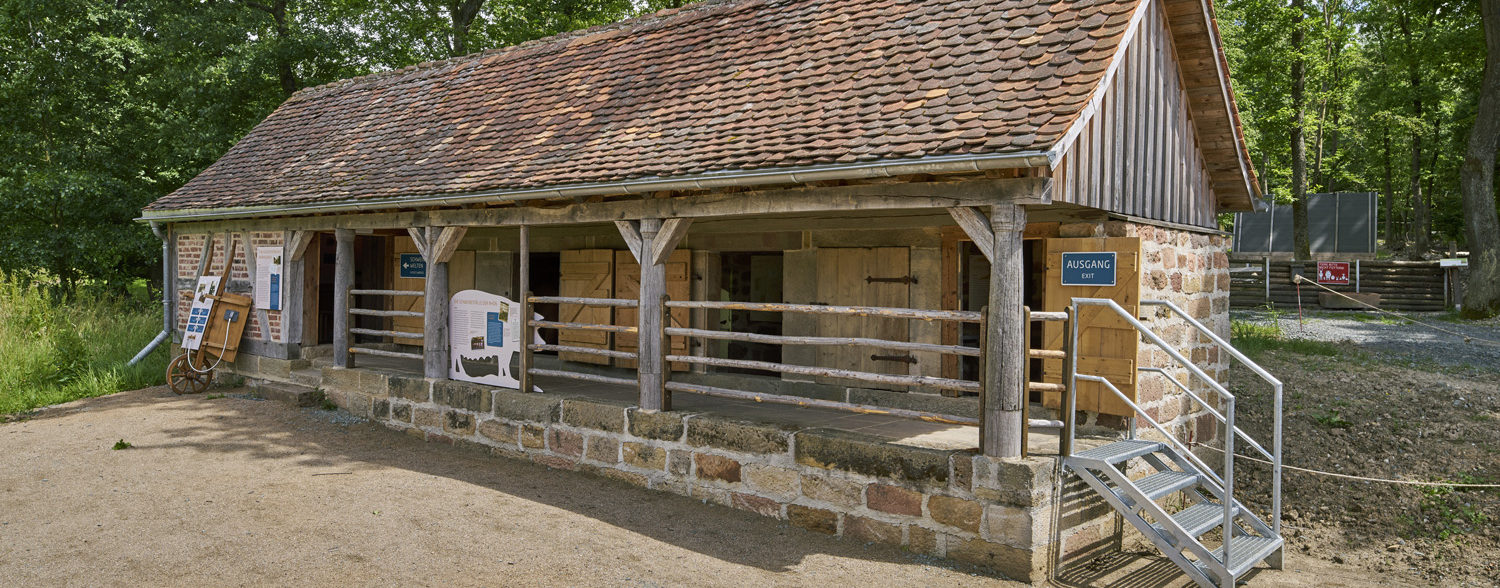
Up to the 1960s, the keeping of one or more pigs on one’s premises provided an important dietary supplement to many rural households. With the rise of industrial meat production and processing, keeping farm animals for private use and consumption became increasingly unprofitable. From now on, one went to the next supermarket to buy meat cheaply.
In 2014, Germany counted about 28 million slaughter pigs of which 600,000 were kept in Hesse – many of these in factory-style farming conditions. The average German consumes about 56 kilograms of pork annually, mostly as meat or sausage. At the same time, many other parts of pigs are processed for products of daily use, such as shampoo, glue, sweets, car paint and much more.
Despite their significance, we barely take notice of these farm animals in our daily lives any longer. The interactive permanent exhibit looks at the coexistence of humans and pigs in the past and in the present. Contemporary witnesses tell about pig husbandry in the village of Oberkalbach in the 1950s when slaughtering day was still a day of celebration. The exhibition also looks at pig behaviour. How do they communicate? How good is their eyesight and how has the way they are fed changed? The Pigsty from Oberkalbach offers family-friendly insights into the fascinating life of pigs.
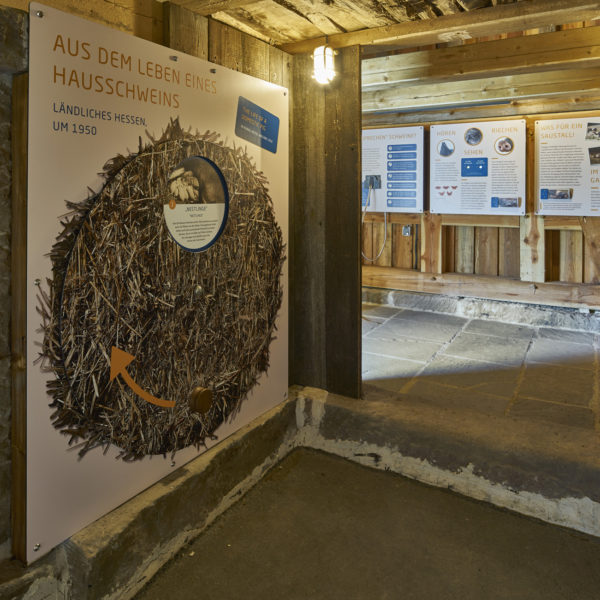
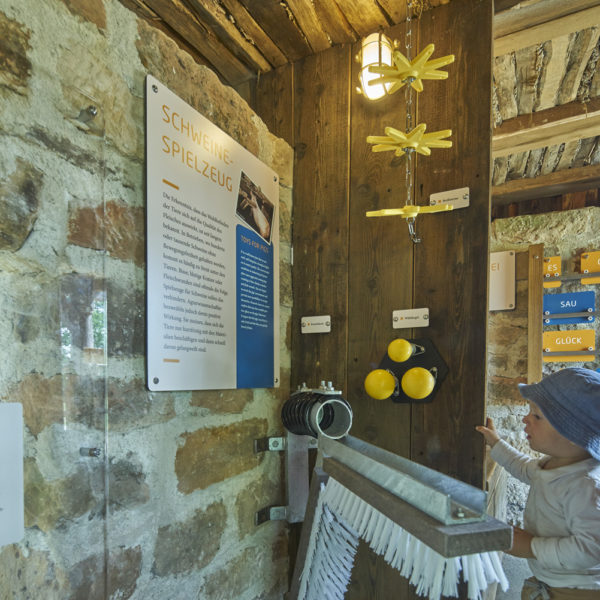
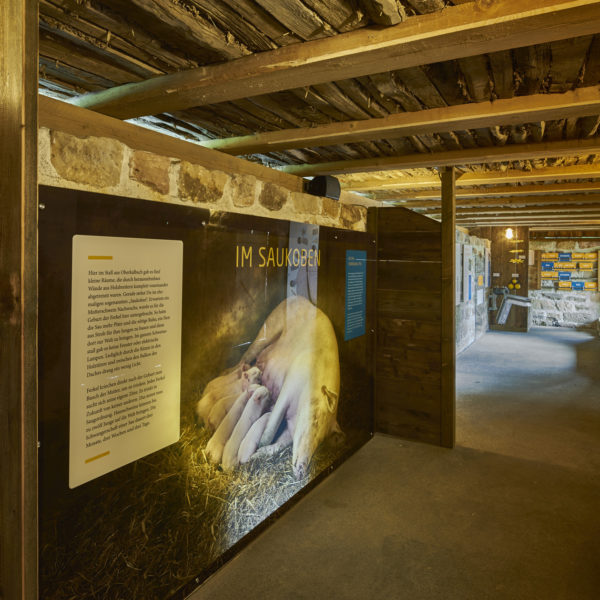

Mit dem Laden der Karte akzeptieren Sie die Datenschutzerklärung von Google.
Mehr erfahren





